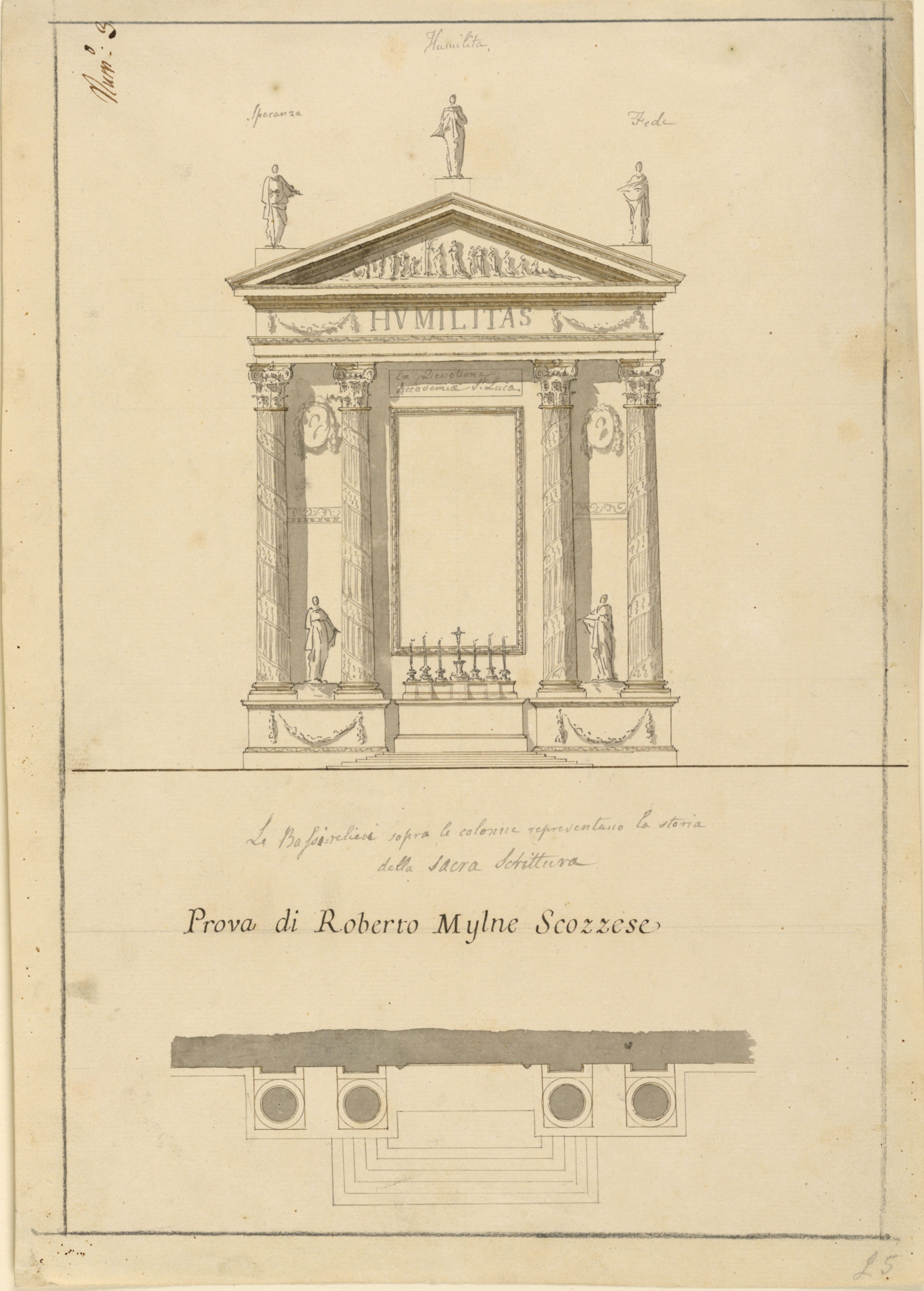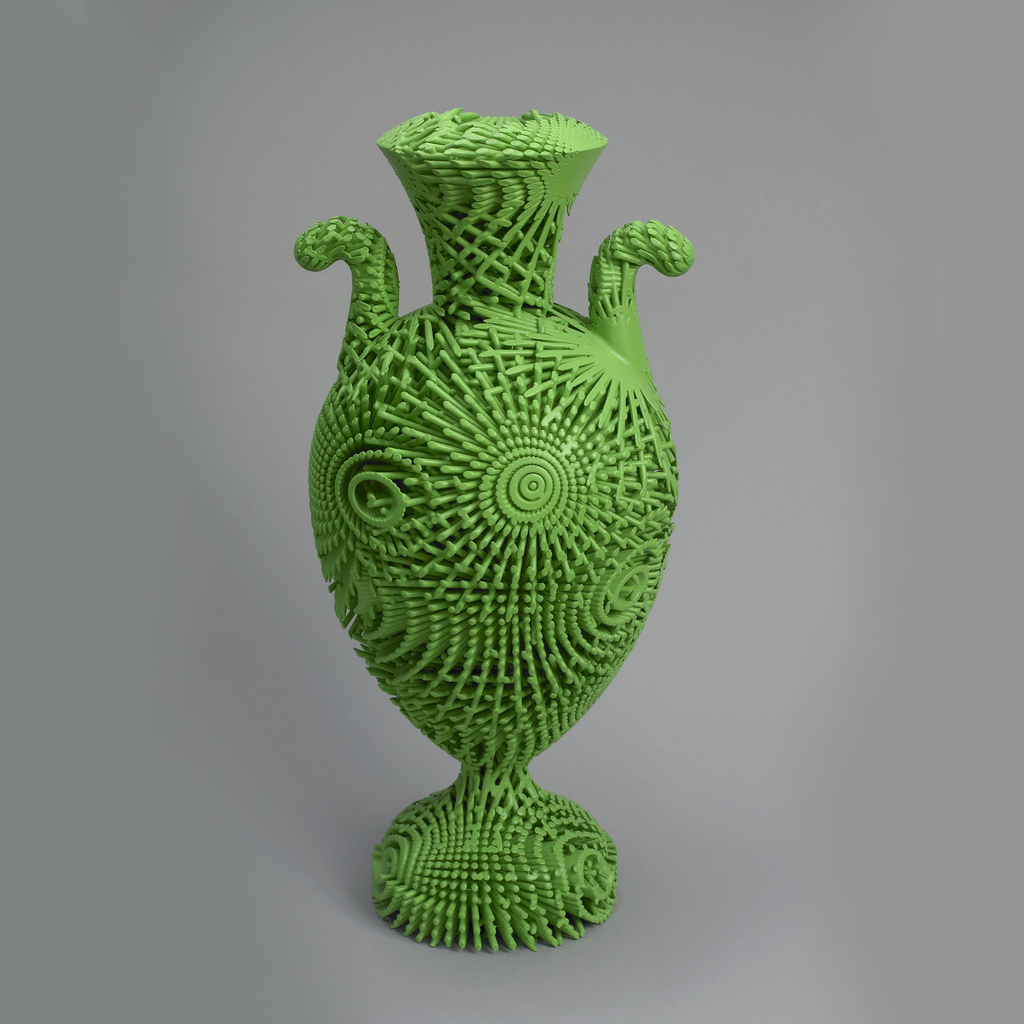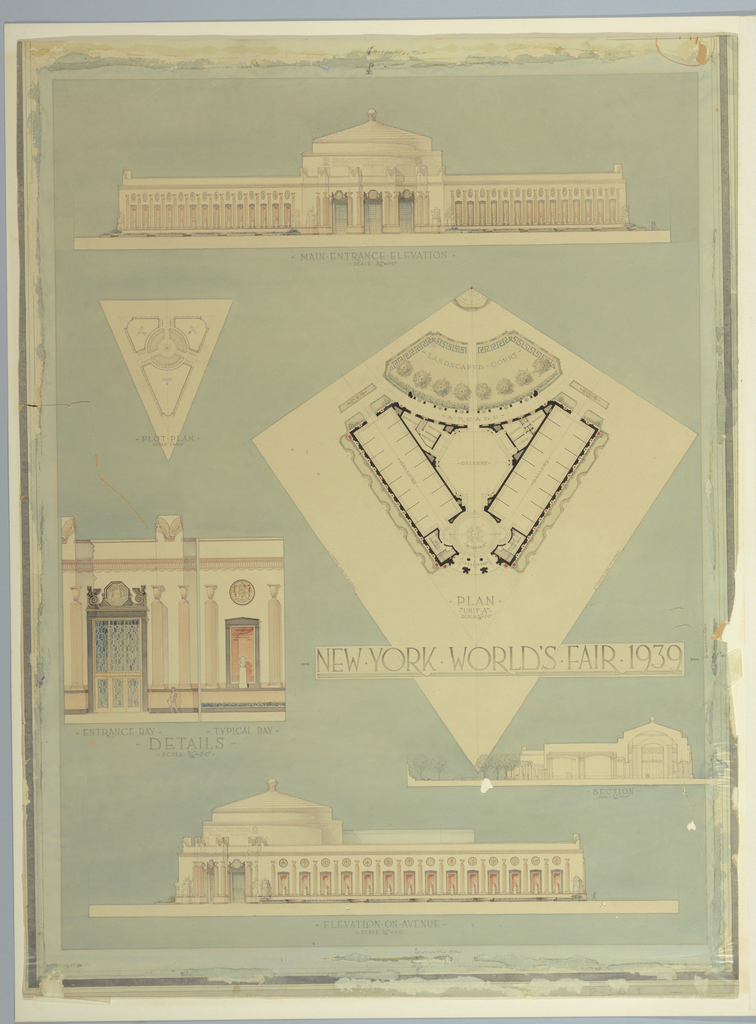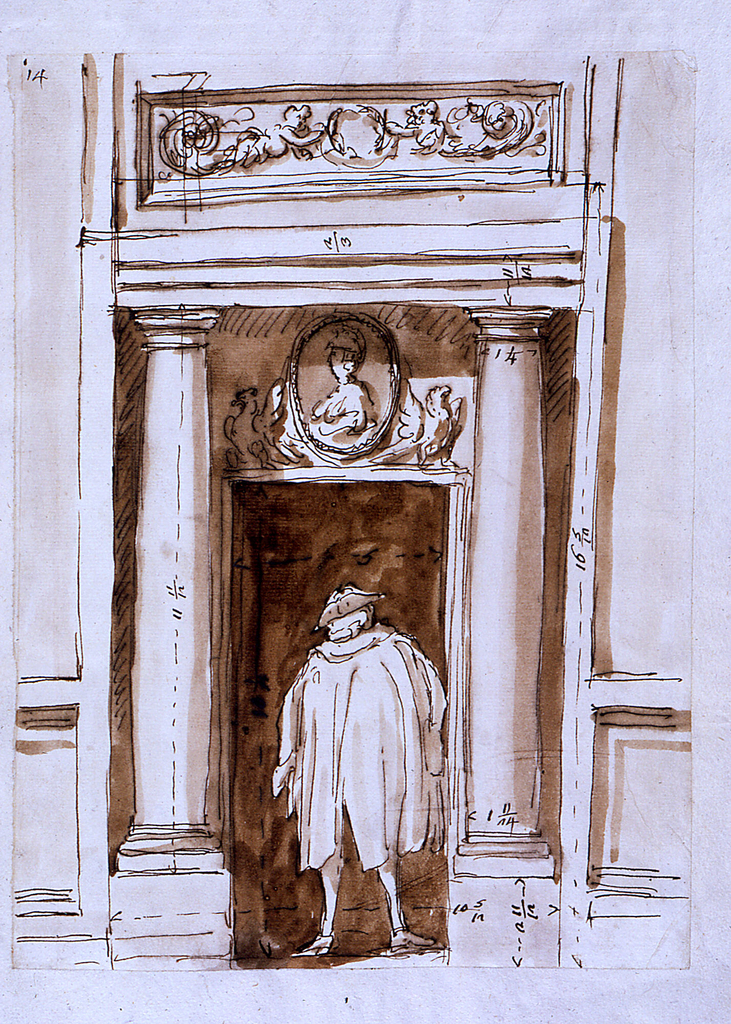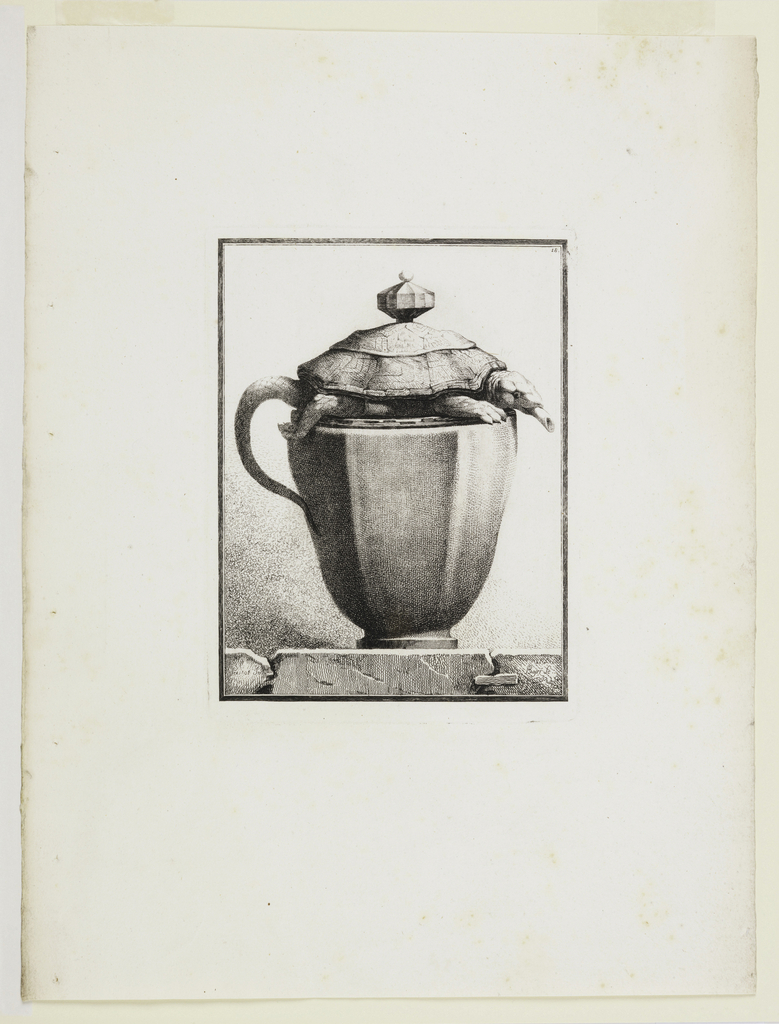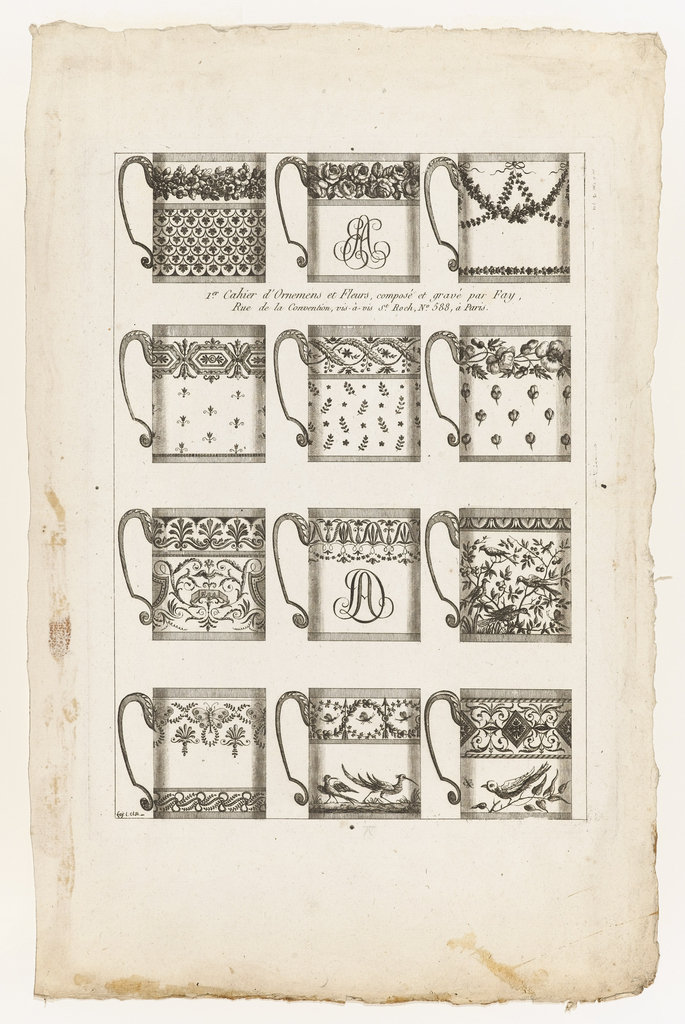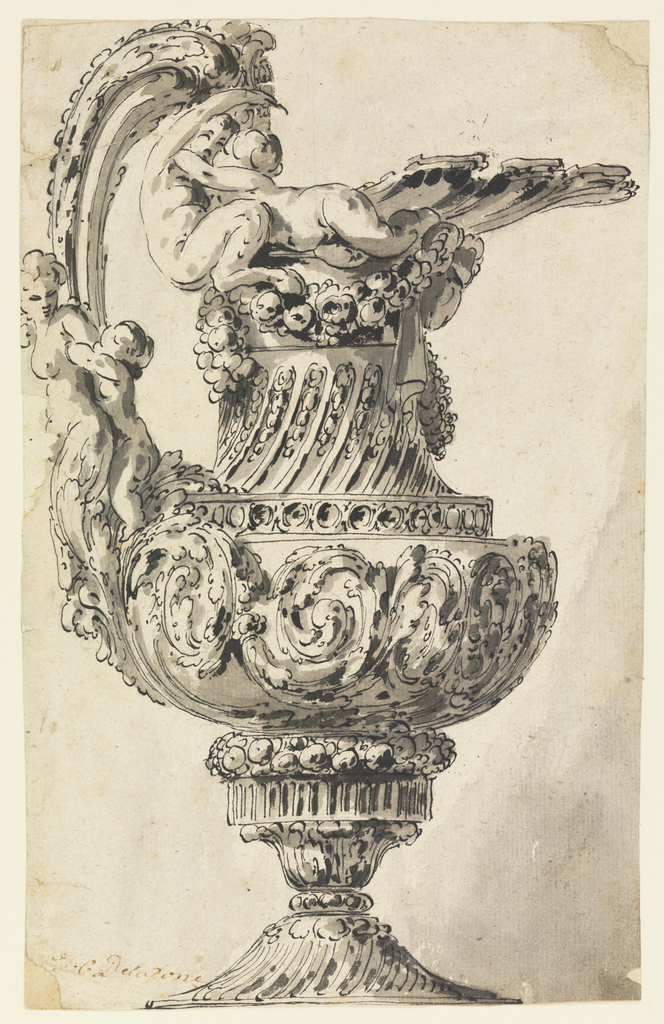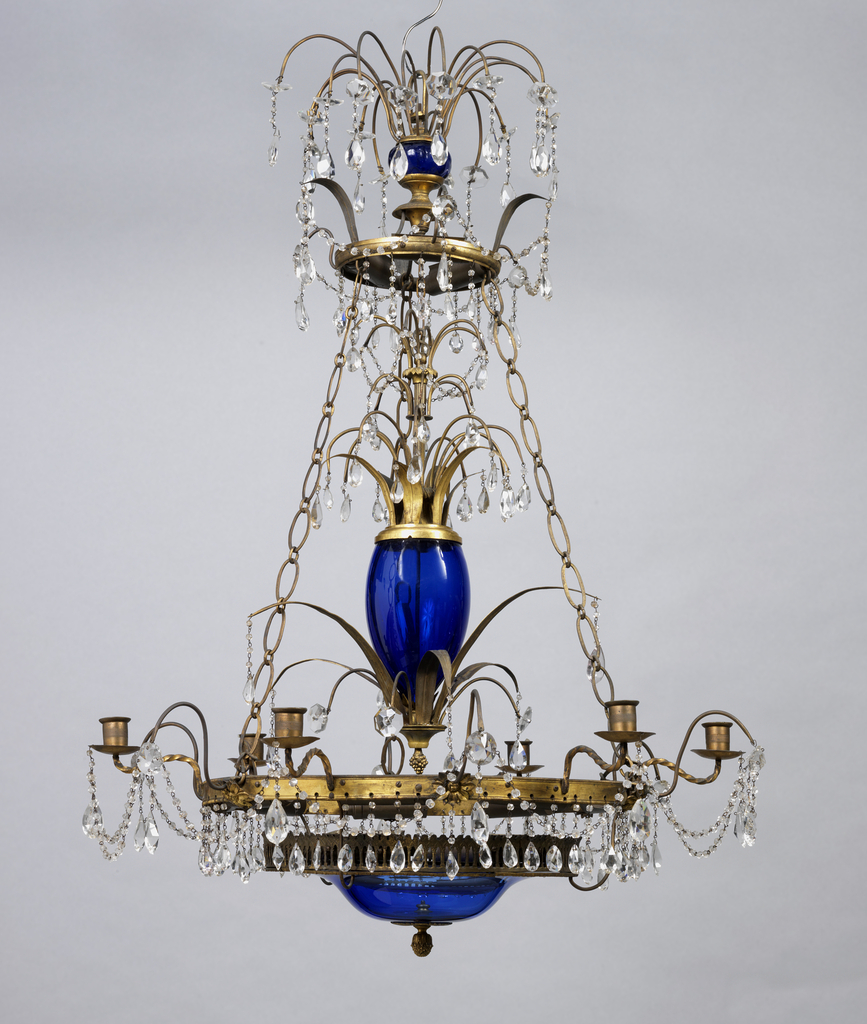On September 23rd, 1758, an aspiring architect named Robert Mylne (1733 – 1811) wrote to his younger brother William (1734 – 1790) with astonishing news. At twenty-four years old, Robert had just become the first Briton awarded top prize in the Concorso Clementino, a famous architecture competition held every three years in Rome.[1] This drawing...
To celebrate the opening of Saturated: The Allure and Science of Color (May 11, 2018-January 13, 2019), Object of the Day this month will feature colorful objects from the exhibition. For more than 20 years, Michael Eden has been a professional potter, often working in a traditional slipware technique. In 2006, he enrolled in a...
Little is known about American architect Christian Francis Rosborg other than a few projects and drawings attributed to his name that rest in Cooper Hewitt’s collection. Trained early on under the mentorship of New York-based architects Ernest Flagg and Haydel & Shepard, the obscure figure was part of the early twentieth-century stylistic transition from French-influenced...
Does the artist behind this drawing simply intend to represent a doorway, or rather use this as an elaborate pretext in creating a portrait of a mysterious figure? Such a question will undoubtedly remain unanswered. Through a seemingly simple combination of architectural elements surrounding a male figure, Barberi conveys something distinctly atmospheric. With cloak thrown...
It may take a moment to figure out this eccentric vase design: is a tortoise sitting on a faceted plinth or are the two integrated into a single design? This eccentric print actually shows a vase, or an ewer with a lid shaped like a tortoise. Its mouth serves as the sprout, and its tail...
Hot chocolate has been a fashionable drink since the eighteenth century, and the popularization of the beverage also saw the rise of new designs related to its consumption and preparation. This ornament print by the French designer and printmaker Jean-Baptiste Fay shows twelve different designs for chocolate cups. Each cup is decorated with a diverse...
This is a design for an ewer by the Parisian architect, designer, decorator and print maker, Jean-Charles Delafosse (1734-91). Delafosse engaged in diverse artistic productions producing urban planning proposals, architectural plans, furniture designs as well as drawings of ruin capriccios and allegorical and ornamental prints. His designs were widely circulated across France, England, and Germany...
This three tiered chandelier in the form of a cascading fountain is garlanded with swags of cut glass drops. Three delicately blown baluster-shaped pieces of cobalt glass are linked by chains of gilt metal. The reserved neoclassical form and use of blue glass strongly indicate that the chandelier was made during the last quarter of the eighteenth century in...
